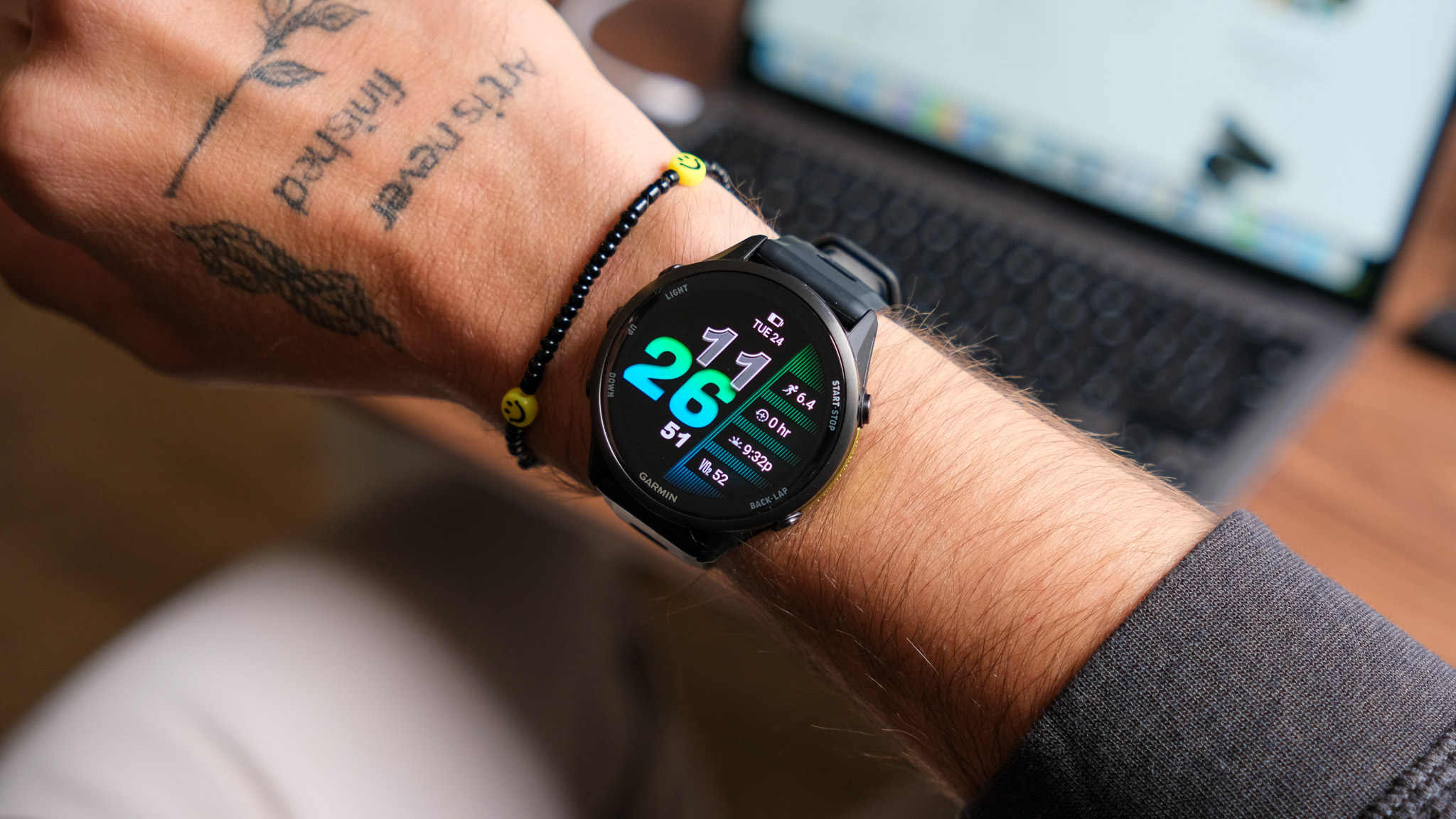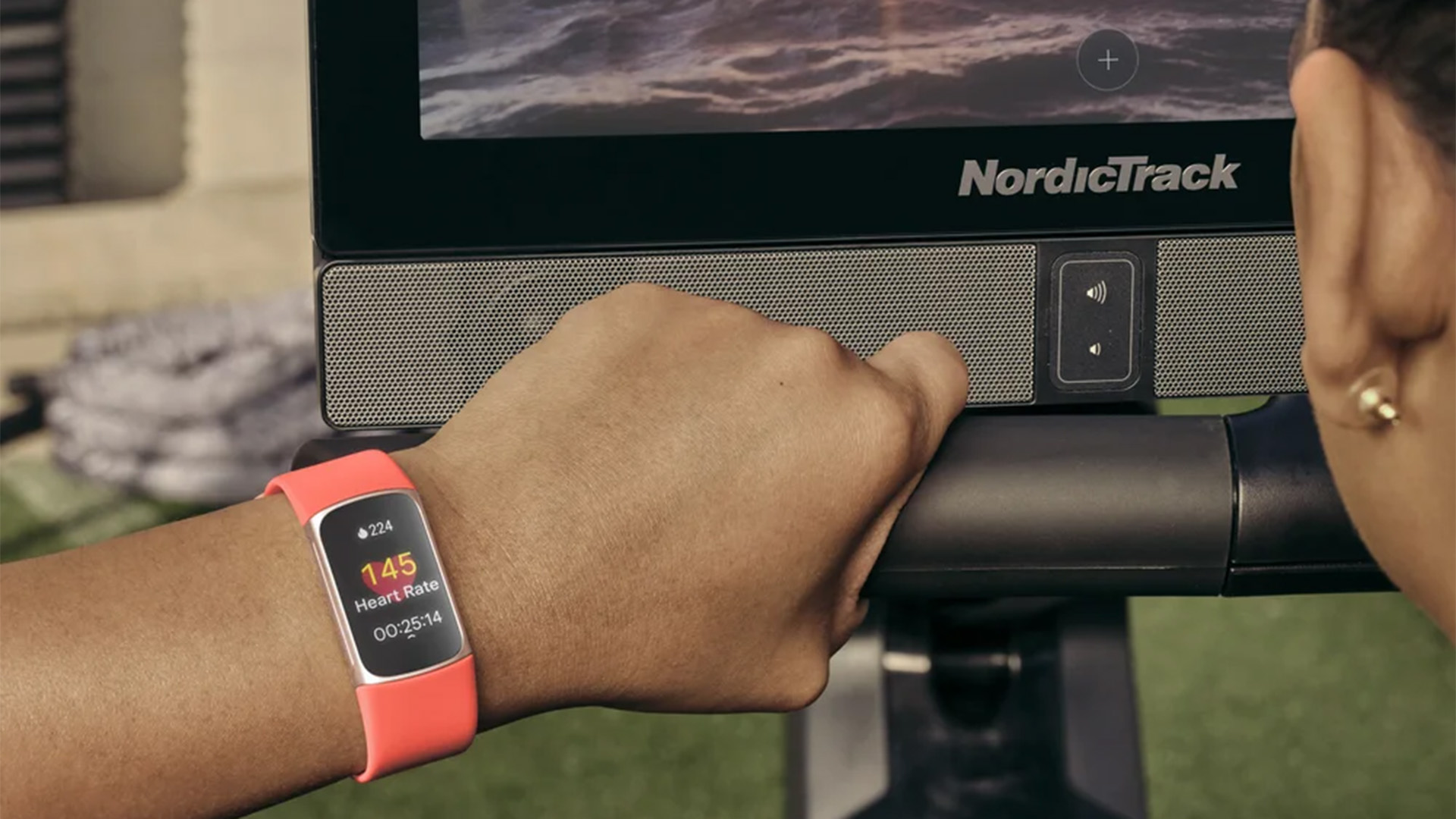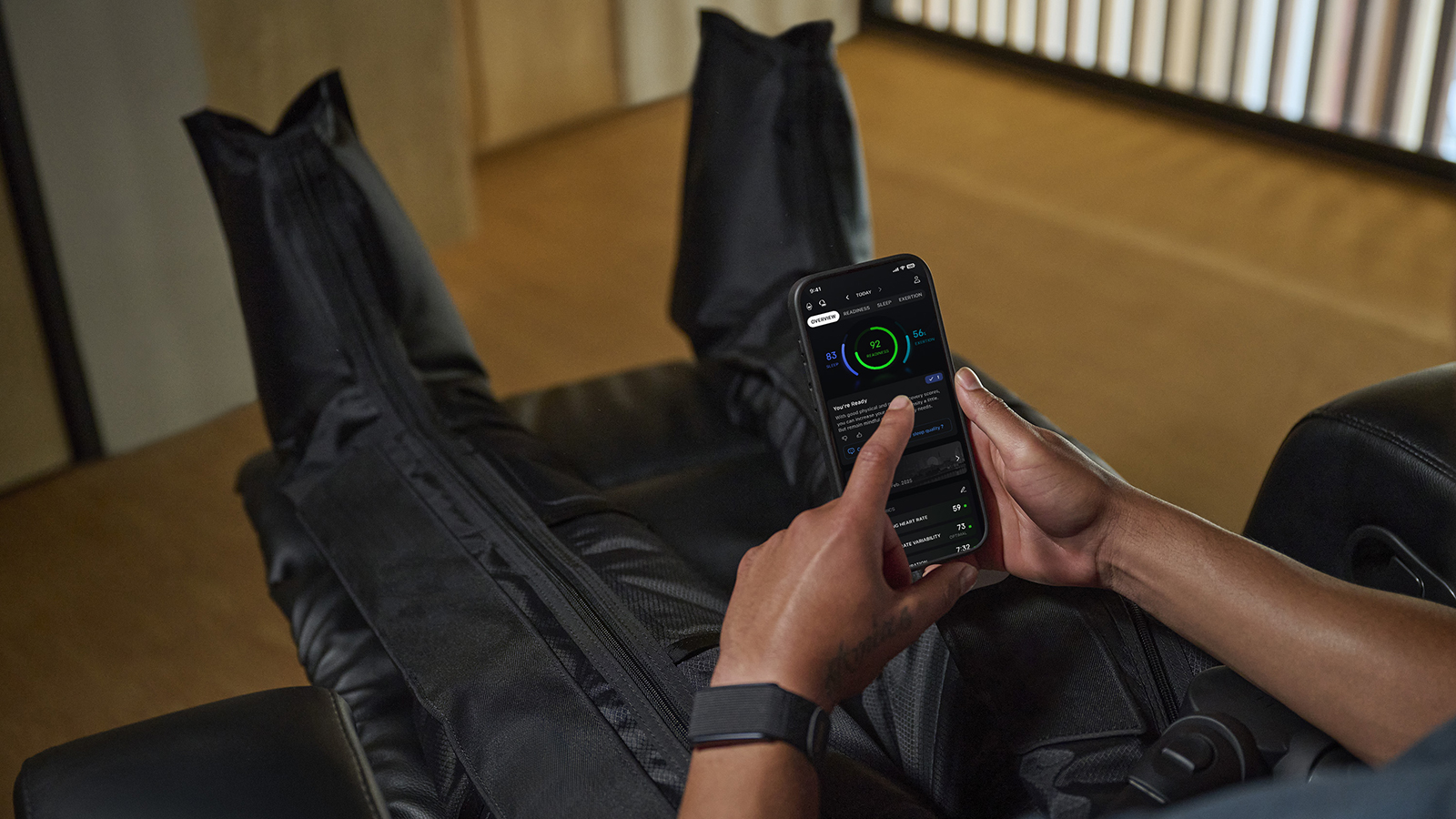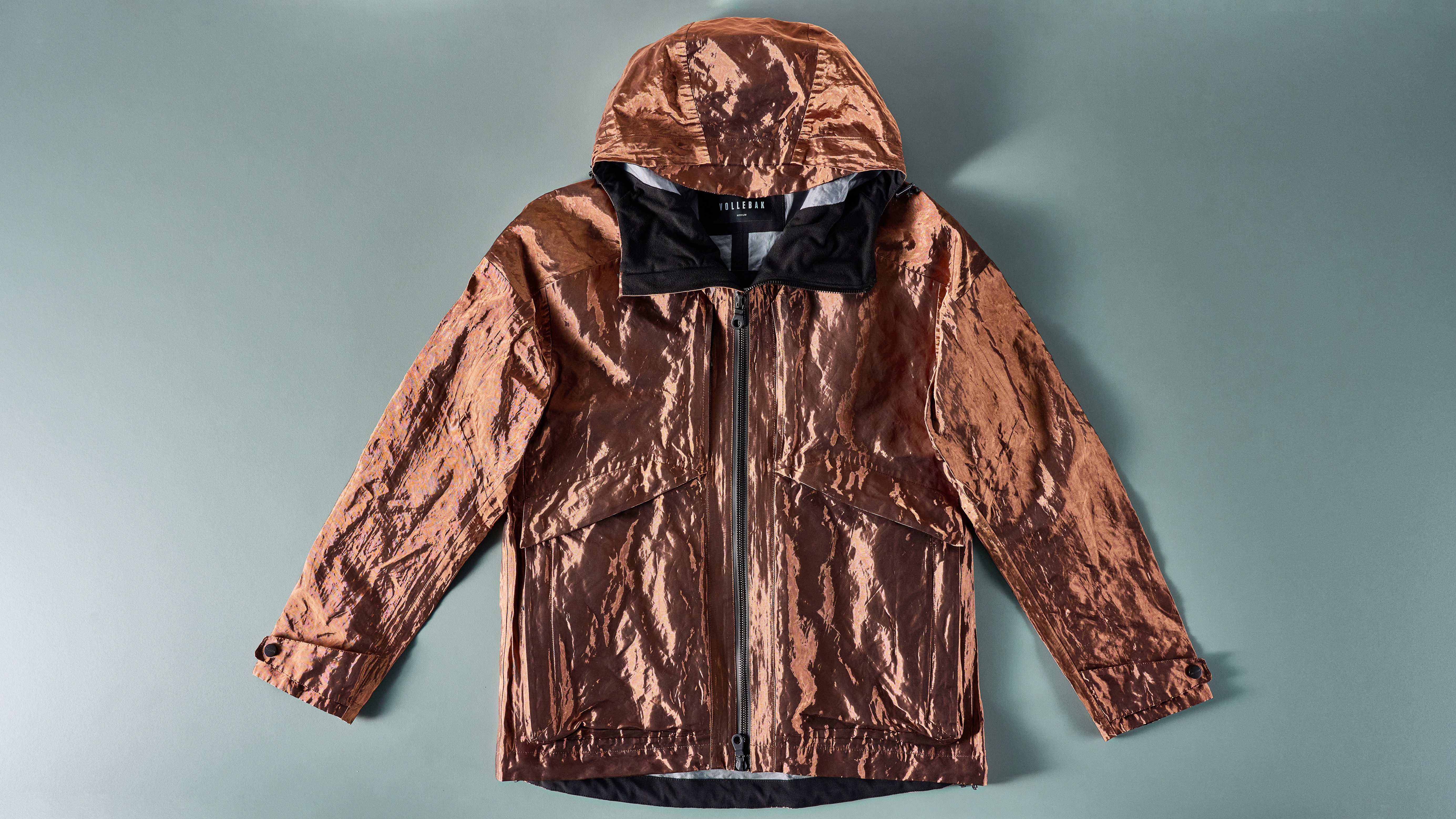Active
The latest Active breaking news, comment, reviews and features from the experts at T3
Explore Active
-

3 signs it may be time to change your workouts
Not sure whether it’s time to switch things up? Here are some telltale signs to look out for
By Bryony Firth-Bernard Published
-

Fitbit has a massive sale on, with trackers as cheap as £54.99
Their best-selling fitness tracker, the Charge 6, is also included
By Bryony Firth-Bernard Published
-

The North Face makes its heritage streetwear official with new Red Box line
By Matt Kollat Published
-

How to watch the CrossFit Games 2025
Who will stand on the podium this year and claim the title ‘Fittest on Earth’?
By Bryony Firth-Bernard Published
-

25 years in the making: Arc'teryx redefines its most famous shell
The Beta AR celebrates 25 years with a new PFAS-free GORE-TEX PRO upgrade
By Matt Kollat Last updated
-

Build stronger, sculpted arms at home with this six-move dumbbell workout
The biceps and triceps will be poppin'
By Bryony Firth-Bernard Published
-

Garmin’s latest watches are pulling in new users fast – and it’s not because they’re cheaper
Latest investor call revealed just how much money Garmin is making on selling smartwatches
By Matt Kollat Published
-

Pilates teacher shares 7 exercises that will “instantly help you to feel better”
Time to give your body and mind some TLC
By Bryony Firth-Bernard Published
-

The only 3 exercises you need for six-pack abs, according to an exercise scientist
The stretch and progressive overload are key
By Bryony Firth-Bernard Published
-

Surprise Fitbit update gives your tracker a shiny new look
And you'll be able to connect it to more fitness equipment
By Bryony Firth-Bernard Published
-

This futuristic bomber jacket can block Wi-Fi, Bluetooth and satellite signals (and it’s made with Mars Rover tech)
The Electromagnetic Shielding Bomber is built with tech designed for NASA’s Curiosity Rover
By Matt Kollat Published
-

Get stronger in less time, with just a pair of dumbbells and this full-body workout
Arnold Schwarzenegger shares a six-move dumbbell workout that delivers maximum tension in minimal time
By Bryony Firth-Bernard Published
-

Fjallraven and GORE-TEX are back together – and they’re going above the treeline
Two legends of outdoor gear reunite after 30 years for a next-gen shell collection with sustainability at its core
By Matt Kollat Published
-

A Pilates expert says these three exercises can improve spine health and posture
Mobilise and strengthen your spine with these three bodyweight exercises
By Bryony Firth-Bernard Published
-

Why this vegan trail running shoe is the latest green gadget everyone needs to know about
The Primus Trail Flow offers a minimalist, vegan build to bring you closer to nature, one barefoot step at a time
By Matt Kollat Published
-

Garmin-style energy tracking just arrived on a wearable that costs a fraction of a new Fenix
New BioCharge Energy feature brings real-time recovery insights to Amazfit’s affordable Helio Strap
By Matt Kollat Published
-

66°North flips its logo (and the script) for a bold anniversary collection
The Icelandic outerwear brand celebrates nearly a century of braving the elements with an ultra-limited capsule collection
By Matt Kollat Published
-

You’re looking at clothes designed by sound, and they might be the wildest thing Vollebak’s ever made
New Cymatic range turns summer clothes into a science experiment you can wear
By Matt Kollat Published
-

People are going crazy over this YETI tote bag – no wonder it's sold out in almost all colours
The Camino Carryall has gone viral, become a parenting essential, and might even be driving up YETI's stock
By Matt Kollat Published
-

No equipment? No problem. Build upper body strength using just your bodyweight
No frills – just six bodyweight moves you can do at home
By Lucy Miller Published
-

An expert says this 7-minute mobility routine erases "hours of damage” to your hips, back and shoulders
Feeling the effects of too much sitting? Time to give your body some TLC
By Bryony Firth-Bernard Published
-

5 must-have gadgets to keep you cool whilst camping
Beat the heat with these must-have gadgets
By Bryony Firth-Bernard Published
-

Hot weather camping hacks: 5 ways to help you stay cool in your tent
From ditching the outerfly sheet to taking cold showers before bed – an outdoor expert shares five tips to help you stay cool whilst camping
By Bryony Firth-Bernard Published
-

Ditch the pull-ups – this 6-move dumbbell workout sculpts upper body muscle
You can still build a strong upper body without them
By Bryony Firth-Bernard Published
-

From 2kg tents to 95g gadgets, these are 12 best ultralight camping gear upgrades for 2025
New gear drops, clever upgrades and campsite luxuries for gram-conscious campers
By Jamie Carter Published
-

A Sports Scientist says these ‘two underrated factors’ are sabotaging your gains
It’s got nothing to do with what you’re doing inside the gym or kitchen
By Bryony Firth-Bernard Published
-

Patagonia's Kanken-rival tote pack is currently 40% off – perfect for day trips and commuting
The Terravia Tote Pack is packable and can be carried on your back or in your hand
By Matt Kollat Published
-

Yeti’s sell-out Wetlands Collection is back – but it has a fresh new look
It’s gone full camo!
By Bryony Firth-Bernard Published
-

Forget beef jerky – Patagonia’s new sustainable snack is made of bison, no less
The brand's latest drop is high-protein, low-waste and seriously snackable
By Matt Kollat Published
